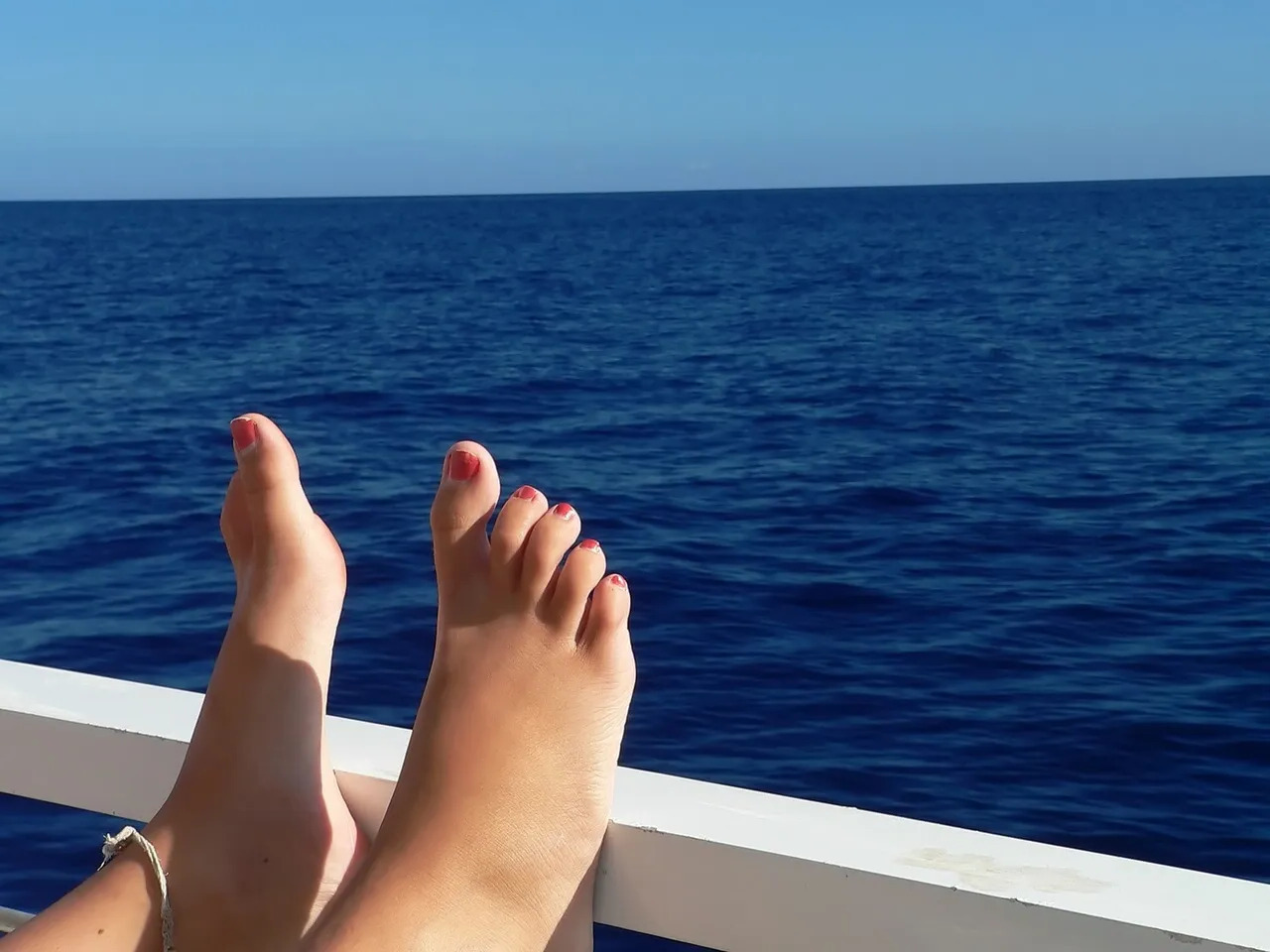Swollen Feet And Ankles On A Cruise: Why It Happens

Cruising can be a dream vacation, but sometimes unexpected things happen, like swollen feet and ankles. Ever notice your shoes feeling tighter after a day at sea? This common issue can catch travelers off guard. Long periods of sitting or standing, salty foods, and even the ship's pressure changes can cause this swelling. It's not just about comfort; it's about enjoying every moment of your trip without discomfort. Understanding why this happens can help you prepare better for your next cruise. Whether you're lounging by the pool or exploring a new port, knowing how to manage this can make your journey smoother. Let's dive into why this happens and how to keep your feet happy on your next adventure.
Understanding Swollen Feet and Ankles on a Cruise
Cruising is a fantastic way to travel, but sometimes you might notice your feet and ankles swelling. This can be uncomfortable and concerning. Let's explore why this happens and what you can do about it.
Why Does Swelling Occur?
Swelling, also known as edema, can happen for several reasons. On a cruise, these factors might be more pronounced due to the unique environment.
Prolonged Sitting or Standing
Cruises often involve long periods of sitting or standing, whether you're lounging by the pool or enjoying a show. This can cause fluid to pool in your lower extremities.Changes in Air Pressure
While not as drastic as on a plane, changes in air pressure on a ship can affect your circulation, leading to swelling.High Salt Intake
Cruise food is delicious, but it can be high in salt. Consuming more salt than usual can cause your body to retain water, resulting in swelling.Dehydration
Oddly enough, not drinking enough water can lead to swelling. Your body holds onto fluids when it's dehydrated, causing puffiness.
How to Prevent Swelling
There are several strategies you can use to keep your feet and ankles comfortable while cruising.
Stay Active
Walk around the ship regularly. This helps keep your blood circulating and reduces the risk of swelling.Elevate Your Feet
Whenever possible, prop your feet up. This encourages fluid to move away from your lower legs.Watch Your Diet
Try to limit salty foods and drink plenty of water. This helps maintain a healthy fluid balance in your body.Wear Compression Socks
These can help improve circulation and prevent swelling. They're especially useful if you plan to sit for long periods.
When to Seek Medical Help
While swelling is often harmless, sometimes it can indicate a more serious issue. Here's when you should consider seeing a doctor.
Severe Swelling
If your swelling is severe or doesn't go away after a few days, it's time to get checked out.Pain or Redness
Swelling accompanied by pain or redness could be a sign of a blood clot or infection.Shortness of Breath
If you experience swelling along with difficulty breathing, seek medical attention immediately. This could be a sign of a serious condition like heart failure.
Understanding why your feet and ankles swell on a cruise can help you enjoy your trip more comfortably. Keep these tips in mind, and you'll be ready to set sail with confidence!
Staying Comfortable on Your Cruise
Swollen feet and ankles can put a damper on your cruise adventure. Understanding why this happens helps you manage it better. Long periods of sitting or standing, salty foods, and dehydration are common culprits. To keep swelling at bay, stay active by walking around the ship or doing light exercises. Drink plenty of water to stay hydrated, and watch your salt intake. Compression socks can also be a lifesaver, providing support and improving circulation. If you have any medical conditions, consult your doctor before setting sail. They might offer personalized advice or medications to help. Remember, a little preparation goes a long way in ensuring a comfortable and enjoyable cruise. So, pack smart, stay active, and take care of your health. With these tips, you’re all set to enjoy your trip without worrying about swollen feet or ankles.

